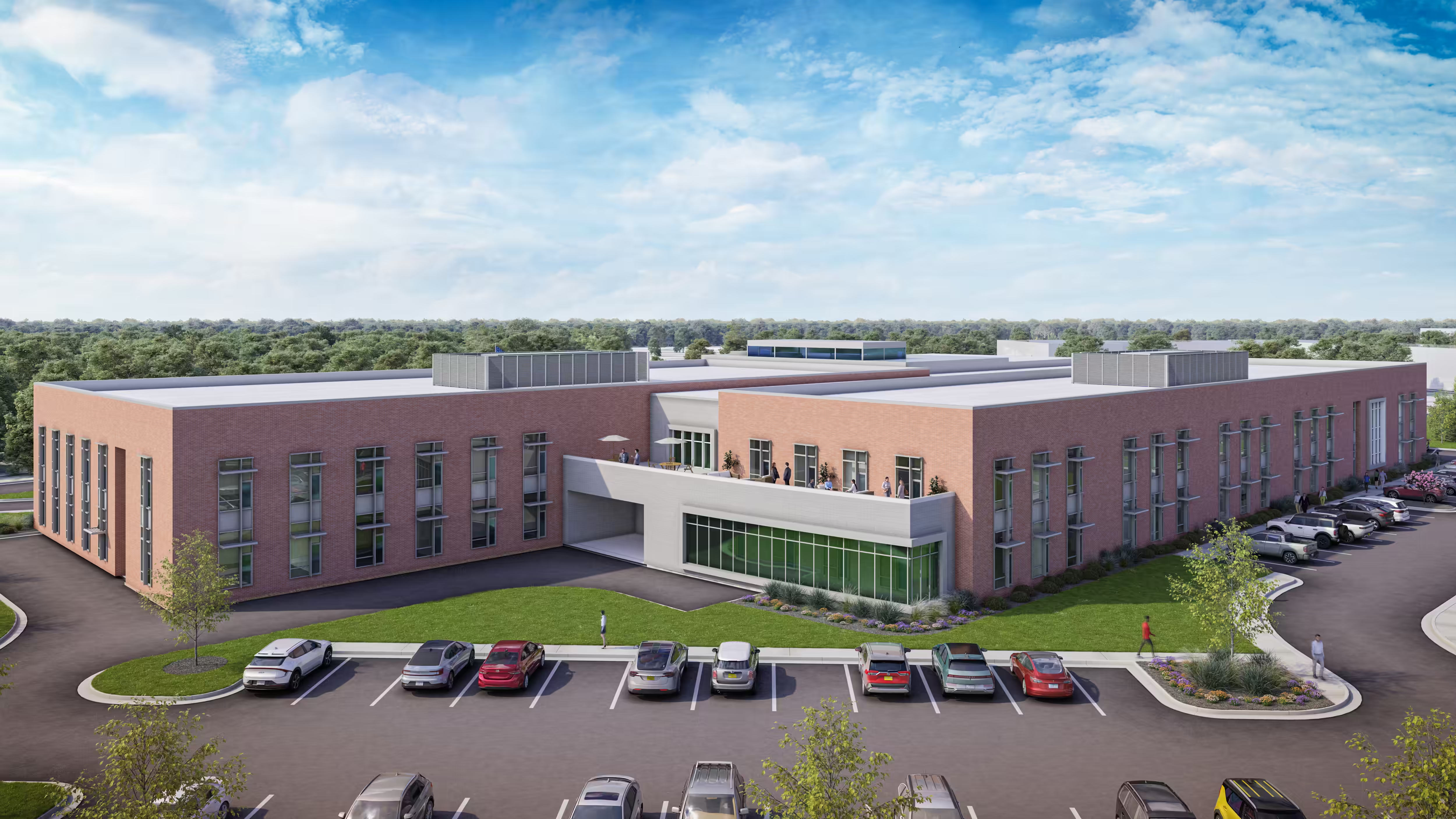
Virginia Beach City Hall
Virginia Beach City Hall balances the familiar lines of colonial architecture with advanced environmental design. The building's distinctive cupola and traditional exterior conceal sophisticated systems that reduce energy consumption while creating comfortable, practical spaces for public service. This dual emphasis on architectural heritage and environmental responsibility has produced a civic building that works well for both employees and visitors.
Collaborative Design Process
The building's successful design emerged from extensive consultation with the people who would use it daily. Design team members conducted workshops with department representatives, gathering insights about workflow patterns and operational needs. This input shaped key decisions about office layouts, security features, and public access points. The team also incorporated feedback from maintenance staff to ensure practical upkeep of building systems and grounds. By engaging with future occupants throughout the design phase, the team created spaces that truly serve the requirements of Virginia Beach's municipal operations.
Interior Design and Safety
The building pairs traditional colonial architecture with workspace design that prioritizes wellness and security. Large windows and a cupola draw natural light throughout the interior, creating bright spaces for employees and visitors. The open workplace concept enhances collaboration and improves safety—law enforcement officials note it provides better access for first responders during emergencies.
The design's effect on employee wellbeing has been significant. The move to the new facility elevated morale for those working in city hall and the 7,000 employees throughout city operations, demonstrating how the building's features accomplish both operational efficiency and employee satisfaction.
Environmental Performance
The building's environmental features mark one of Virginia Beach's significant achievements in sustainable construction. The project earned the Designed to Earn the Energy Star (DEES) recognition for its energy-efficient design. The building uses approximately 27 percent less energy than baseline structures through its comprehensive features. These include a mechanical system with demand control ventilation and enthalpy wheels, efficient lighting fixtures, sensors for lighting and power adjustment, and a multi-system energy efficiency monitoring and management program. The building envelope maximizes energy conservation.
Water Conservation and Site Design
The environmental benefits extend to water management. The design reduces potable water use by 25 percent and includes rainwater management systems to minimize runoff impacts. The retention basin serves as an appealing pond with surrounding walking trails, combining practical requirements with outdoor amenities.


















